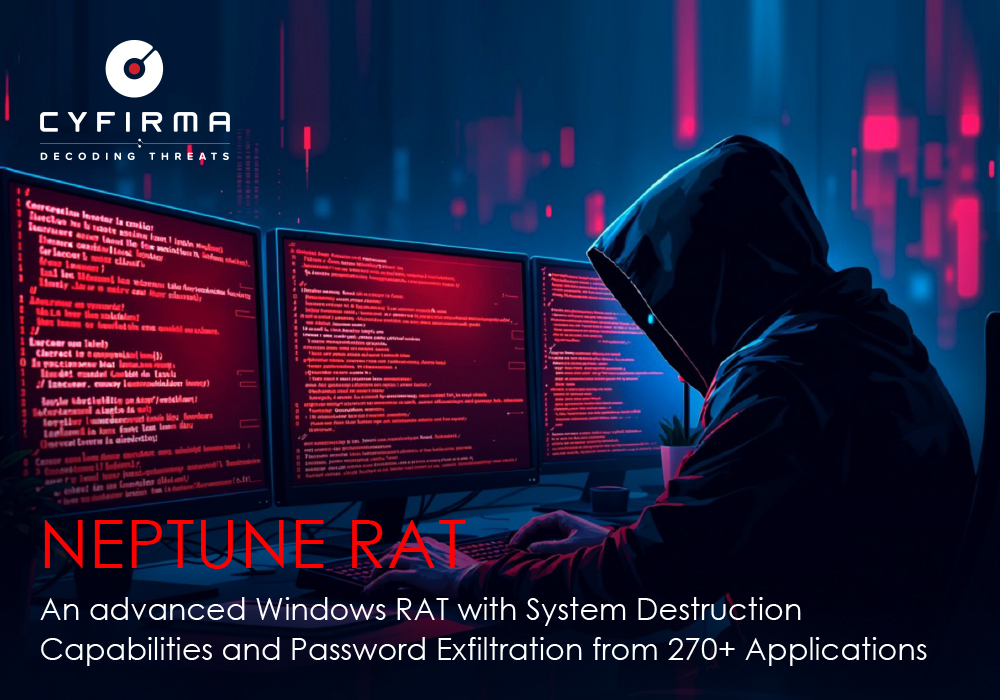
Summary: As the RSA Conference 2025 approaches, Security Posture Management (SPM) is emerging as a critical aspect of cybersecurity strategies. However, early feedback from industry experts reveals skepticism regarding its effectiveness and true market demand. Organizations are encouraged to focus on foundational security practices while the SPM landscape continues to evolve.…
Read More 








 Weekly Recap: VPN Exploits, Oracle’s Silent Breach, ClickFix Surge and More
Weekly Recap: VPN Exploits, Oracle’s Silent Breach, ClickFix Surge and More





